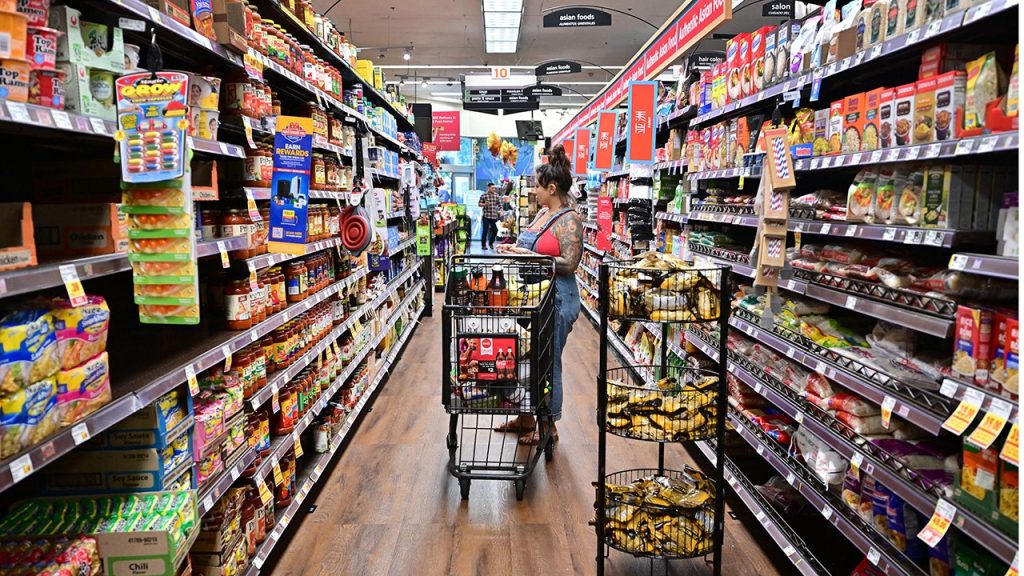Inflation at the wholesale level posted another surprise decline in March, the latest sign that painfully high consumer prices are beginning to loosen their stranglehold on the U.S. economy.
The Labor Department said Thursday that its producer price index, which measures inflation at the wholesale level before it reaches consumers, fell 0.5% in March from the previous month. On an annual basis, prices are up 2.7%.
Those figures are both lower than the 3% headline increase and 0% monthly figure forecast by Refinitiv economists, a welcome sign for the Federal Reserve as the U.S. central bank seeks to cool price gains and tame consumer demand with the most aggressive interest rate hike campaign since the 1980s.
There are still signs of inflationary pressures in the economy, however.
JAMIE DIMON WARNS BANKING CRISIS HAS RAISED ODDS OF RECESSION
Excluding the more volatile measurements of food and energy, so-called core inflation rose 0.3% for the month — unchanged from the 0.3% gain in February. The reading was up 4.3% on a 12-month basis, down slightly from the previous month.
Stock futures rose after the report on investor hopes that inflation is cooling more quickly than expected.
The data comes a day after the Labor Department reported that the consumer price index, which measures the prices paid directly by consumers, rose 0.1% in March, slightly less than expected. The annual inflation rate also came in lower than expected at 5%.
HOW THE BANKING CRISIS COULD HAMMER SMALL BUSINESSES
Both releases are considered to be important measurements of inflation, with the PPI is believed to be a leading indicator of inflationary pressures as costs work their way down to consumers. The different gauges point to inflation that is still running well above the Fed’s preferred 2% target, a troubling sign as the central bank has already raised interest rates nine straight times.
The sharp decline in the monthly number largely stemmed from a 6.4% drop in energy prices, including an 11.7% drop in the cost of gasoline. The price of diesel fuel, residential natural gas, jet fuel, electric power and fresh and dry vegetables also fell last month. However, the cost of chicken eggs and meats inched higher.
The back-to-back inflation reports will have major implications for the Fed, which is tightening rates at the fastest pace in decades as it tries to cool the economy. Despite recent turmoil within the banking sector, markets still expect the U.S. central bank to raise interest rates during its next two-day meeting on May 2-3, with 60.7% of traders pricing in a 25-basis-point hike.
Read the full article here




